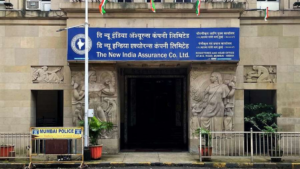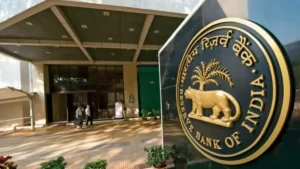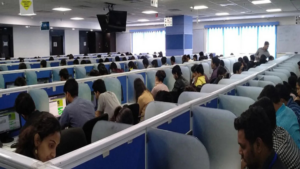Quantitative Aptitude Quiz For IBPS PO/Clerk Prelims
Q1. Viplav calculates his profit percentage on the selling price whereas Rehan calculates his profit on the cost price. They find that the difference of their profits is Rs. 275. If the selling price for both of them is same, and Viplav gets 25% profit and Rehan gets 15% profit, then find their selling price.
Q2. A retailer purchased radio sets at the rate of Rs. 400 each from a wholesaler. He marked up the price by 30% and allowed a discount of 8% on each set. Then find the profit percentage?
Q3. A person bought some articles at the rate of 5 per rupee and the same number at the rate of 4 per rupee. He mixed both the types and sold at the rate of 9 for 2 rupees. In this business he suffered a loss of Rs. 3. The total number of articles bought by him was
Q4. Nikita bought 30 kg of wheat at the rate of Rs. 9.50 per kg and the same amount of another type of wheat at the rate of Rs. 8.50 per kg and mixed them. She sold the mixture at the rate of Rs. 8.90 per kg. Her total profit or loss in the transaction was:
CP = 30 × 9.50 + 30 × 8.5
= 30 [9.5 + 8.5] = 30 × 18 = Rs. 540
SP = 60 × 8.90
= Rs. 534
Loss = CP – SP = 540 – 534 = Rs. 6
Q5. A book seller purchased 120 exercise books at the rate of Rs. 3 each and sold 1/3 of them at the rate of Rs. 4 each, 1/2 of them at the rate of Rs. 5 each and the rest at the cost price. Then find the total profit percent of book seller?
Q6. Reshma purchased a T.V. and a mobile phone for Rs 12,000 and Rs 10,000 respectively. She sold the T.V. at a loss of 12 percent and mobile phone at a profit of 8 percent. What is her overall loss/profit?
Q7. A man sold a wristwatch for Rs 2400 at a loss of twenty five percent. At what rate should he have sold the wristwatch to earn a profit of twenty five percent?
Q8. Rehaan purchased a bike for Rs 54,000. He sold it at a loss of 8 percent. With that money he again purchased another bike and sold it at a profit of 10 per cent. What is his overall loss/profit?
Q9. A merchant buys two items for Rs 7500. One item he sells at a profit of 16% and the other item at 14% loss. In the deal the merchant makes neither profit nor loss. What is the difference between cost price of both the items? (in rupees)
Q10. The profit earned after selling an article for Rs 1,516 is the same as loss incurred after selling the article for Rs 1,112. What is the cost price of the article?
Profit will be =1516-x
Loss will be = x-1112
ATQ
1516-x=x-1112
⇒x=Rs.1314
Q11. A discount of 15% is given on the marked price of an article. The shopkeeper charges sales tax of 6% on the discounted price. If the selling price be Rs 1081.20, what is the marked price of the article?
Q12. The price of sugar is increased by 20%. As a result, a family has decreased its consumption by 20%. The expenditure of the family on sugar is decreased by:
Q13. A reduction of 20% in the price of sugar enables a purchaser to obtain 3 kg more for Rs. 120. The original price (per kg) of sugar is:
Q14. A person bought 76 cows and sold 20 cows at 15% profit, 40 cows at 19% profit and remaining cows at 25% profit and got a profit of Rs. 6570 as a whole. The cost price of each cow is:
Q15. The price of sugar is increased by 20%. If the expenditure on sugar has to be kept the same as earlier, the ratio between the reduction in consumption and the original consumption is:





 NIACL AO Interview Schedule 2025-26 Out,...
NIACL AO Interview Schedule 2025-26 Out,...
 RBI Office Attendant Recruitment 2026 No...
RBI Office Attendant Recruitment 2026 No...
 OICL AO Exam Shift Timings 2025-26, Chec...
OICL AO Exam Shift Timings 2025-26, Chec...








